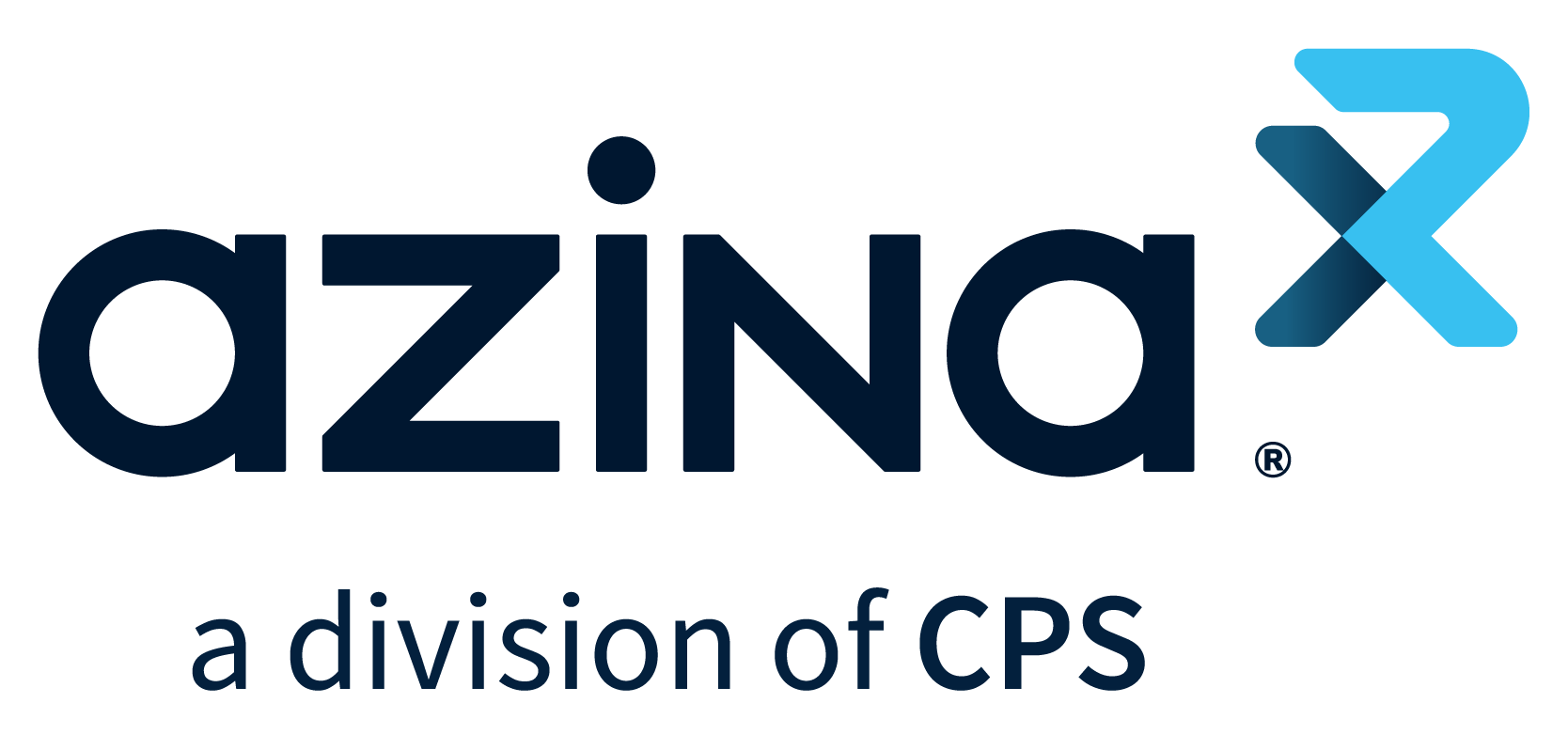The shift toward integrated pharmacy services: driving long-term success
Across the healthcare landscape, we are seeing hospitals and health systems shift to in-house models for integrated pharmacy services. This strategy paves the way for enhanced patient care coordination, greater revenue capture and inherent cost efficiencies. Azina sponsored a roundtable discussion on integrated pharmacy services at the Healthcare Financial Management Association’s (HFMA) Annual Conference. Azina’s experts spoke with other industry leaders regarding the state of the industry, pain points and tactics for success. Here, we take a look back at the driving factors for integrated services and some key considerations for long-term hospital and health system success.
An integrated pharmacy helps control your patients’ journey of care
When hospitals and health systems own their own integrated pharmacy services, they gain information and oversight of the patient therapy journey. With more information, they can closely monitor adherence and obstacles, improving care, lowering readmission rates and reducing complications.
For example, if an oncology patient abandons their prescription refill, a hospital specialty pharmacy is in a better position than an external contracted pharmacy to intervene, identify the cause and course correct. Often the reason for abandonment is a high copay that the patient can’t afford. Hospital in-house specialty pharmacies can identify financial assistance programs such as 501c3 funds, chronic disease, cancer care funds and company coupons. They are also more motivated to do so because they want to reduce the cost burden of readmission, a risk that grows with every day the patient strays from therapy. Contracted pharmacies, by comparison, have no stake in that challenge. But for a hospital or health system, getting the patient back on therapy quickly minimizes their downstream costs.
Communication is key
Patients also have an inherent level of comfort with their provider and an expectation that the provider will help them manage treatment. If their first therapy doesn’t work or creates difficult side effects, the hospital specialty pharmacy can communicate this information to the prescribing physician, who can efficiently intervene. Communication like this can be lost or fragmented through outsourced pharmacies. But the in-house specialty pharmacy can get a new prescription filled rapidly. The average turnaround time for an outsourced specialty pharmacy is 10 to 14 days, whereas an in-house specialty pharmacy can reduce that time to just 2.1 days.
Strategic management of medical & pharmacy benefits
While these are examples of inherent efficiencies that an in-house specialty pharmacy establishes, long-term success requires a proactive and strategic approach. For example, hospitals and health systems must carefully manage their approach to medical and pharmacy benefits. It is critical to clarify costs that fall under medical claims versus those that fall under pharmacy claims. When planning, these categories must also be evaluated holistically, so that an offset for a medical benefit does not become a burden for the pharmacy benefit. Integration of these benefits is key to establishing true synergies, affordability and access, setting the stage for long-term growth.
Education in the marketplace can drive in-house prescription fulfillment
Lastly, hospitals and health systems should work with employers and HR managers to maximize accessibility
and utilization. These individuals represent the purchasing power behind the private payer networks and possess the power to steer pharmacy benefit managers toward in-house prescription fulfillment models. It’s important to educate employers on the value of coordinated care and long-term cost-effectiveness of an in-house model.
An upfront cheap cost may be appealing to them at first, but it can mask long-term variables that they want to avoid. Once they understand these nuances, they can act as an advocate for your pharmacy model.
A care strategies department can partner with major employers to initiate these educational conversations. Real-world examples can bring these considerations to light for them. One missed oncology dose, for example, can put a patient back in the hospital, driving cost up significantly; this cost ultimately trickles back to the employer during annual contract negotiations with the insurance network. Employers are in a unique position to negotiate and influence innovative care delivery models, and hospitals should use that leverage to create success for all parties involved.
Want to learn more ways to enhance your integrated pharmacy delivery plan? Contact us to speak to an Azina representative today.
About Azina
Azina is a division of CPS Solutions, LLC (CPS). Founded nearly 50 years ago, CPS is one of the nation’s largest providers of pharmacy services – employing over 2,000 pharmacy professionals and servicing over 800 hospitals and healthcare facilities nationwide. CPS helps clients tackle complex problems through our suite of services across inpatient pharmacy management and consulting, 340B, specialty and ambulatory pharmacy, Telepharmacy, supply chain management, rehabilitation services, and more. CPS supports pharmacy leaders to achieve operational excellence, drive clinical quality, attain continuous regulatory compliance, and improve bottom-line performance – all while supporting pharmacy staff, caregivers, and patients. For more information, visit https://cps.com/
This published piece is provided solely for informational purposes. HFMA does not endorse the published material or warrant or guarantee its accuracy. The statements and opinions by participants are those of the participants and not those of HFMA. References to commercial manufacturers, vendors, products, or services that may appear do not constitute endorsements by HFMA.






